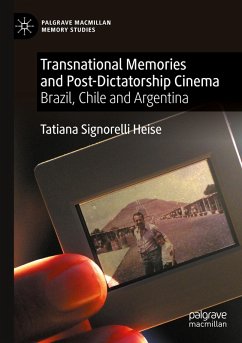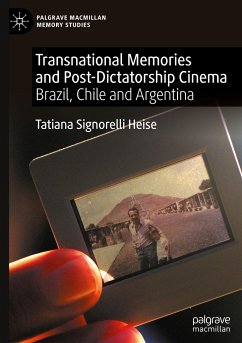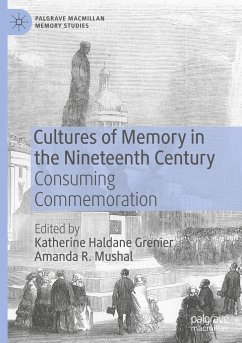
The Politics of Public Memories of Forced Migration and Bordering in Europe

PAYBACK Punkte
19 °P sammeln!
Increasingly, the European Union and its member states have exhibited a lack of commitment to protecting the human rights of non-citizens. Thinking beyond the oppressive bordering taking place in Europe requires new forms of scholarship. This book provides such examples, offering the analytical lenses of memory and temporality. It also identifies ways of collaborating with people who experience the violence of borders. Established scholars in fields such as history, anthropology, literary studies, media studies, migration and border studies, arts, and cultural studies offer important contribut...
Increasingly, the European Union and its member states have exhibited a lack of commitment to protecting the human rights of non-citizens. Thinking beyond the oppressive bordering taking place in Europe requires new forms of scholarship. This book provides such examples, offering the analytical lenses of memory and temporality. It also identifies ways of collaborating with people who experience the violence of borders. Established scholars in fields such as history, anthropology, literary studies, media studies, migration and border studies, arts, and cultural studies offer important contributions to the so-called "European refugee crisis".














